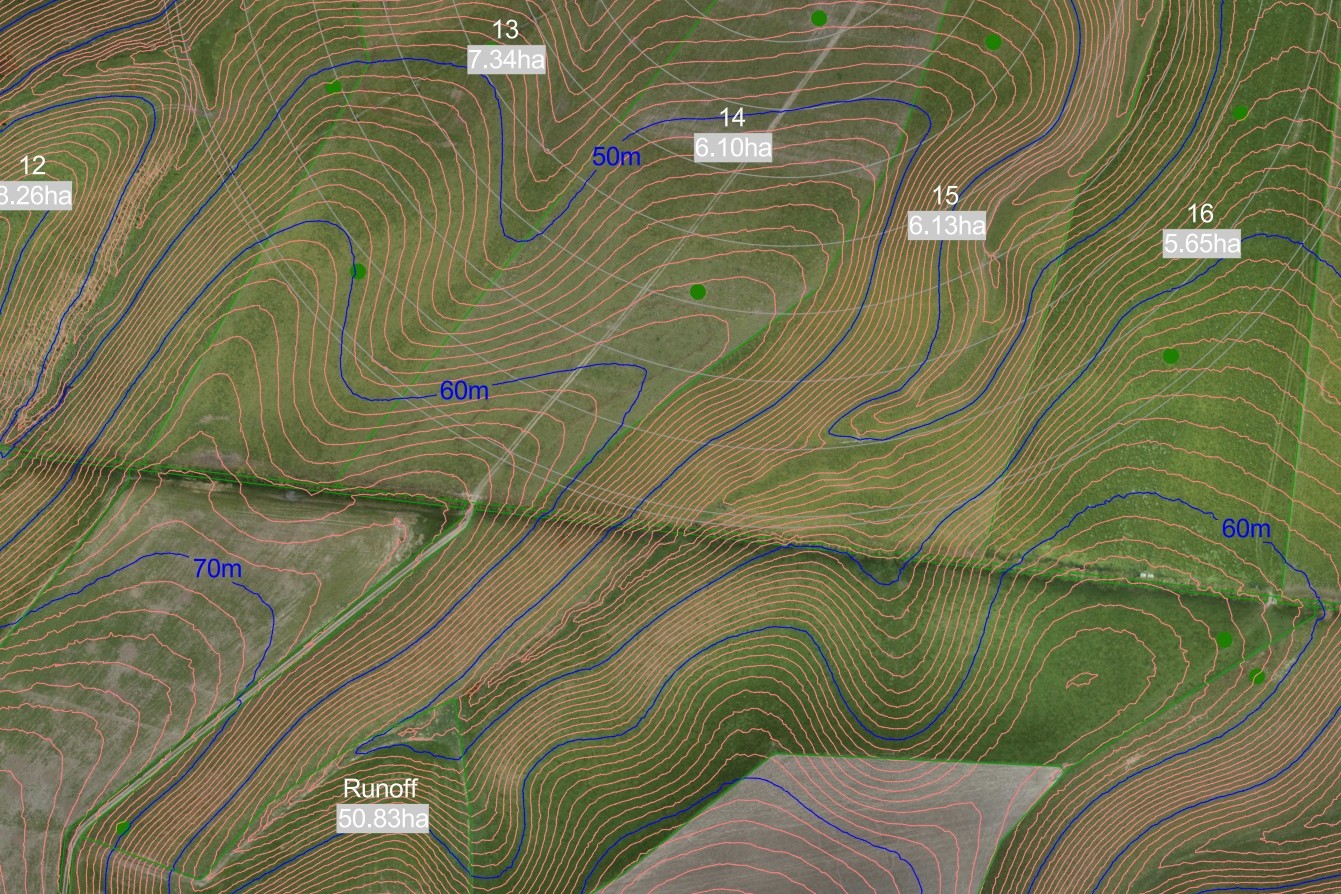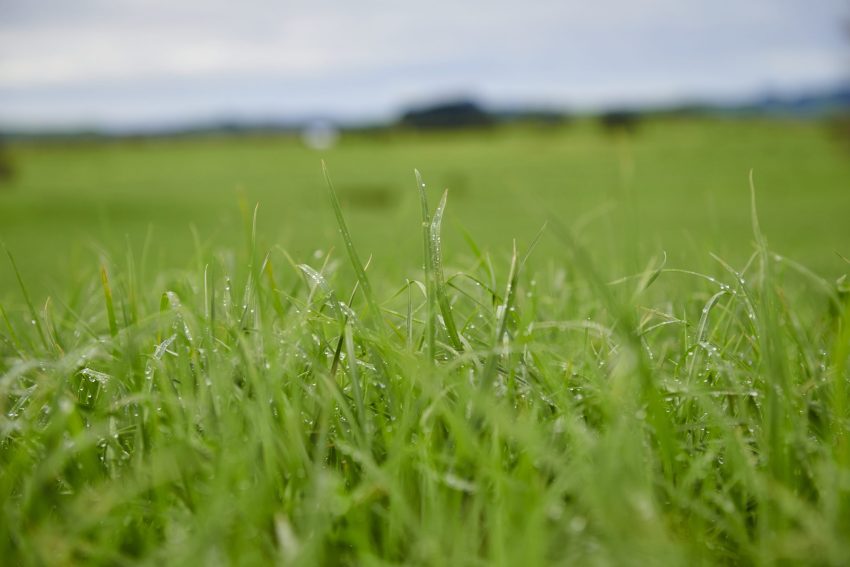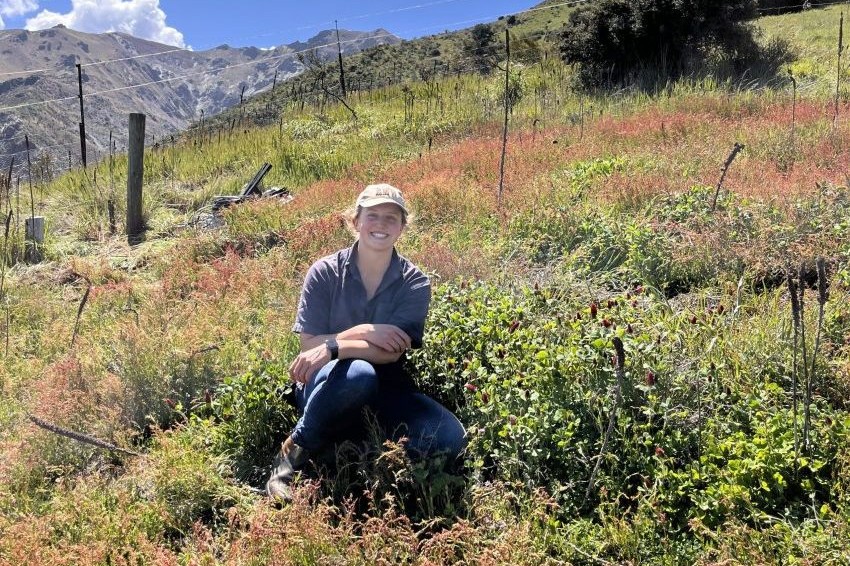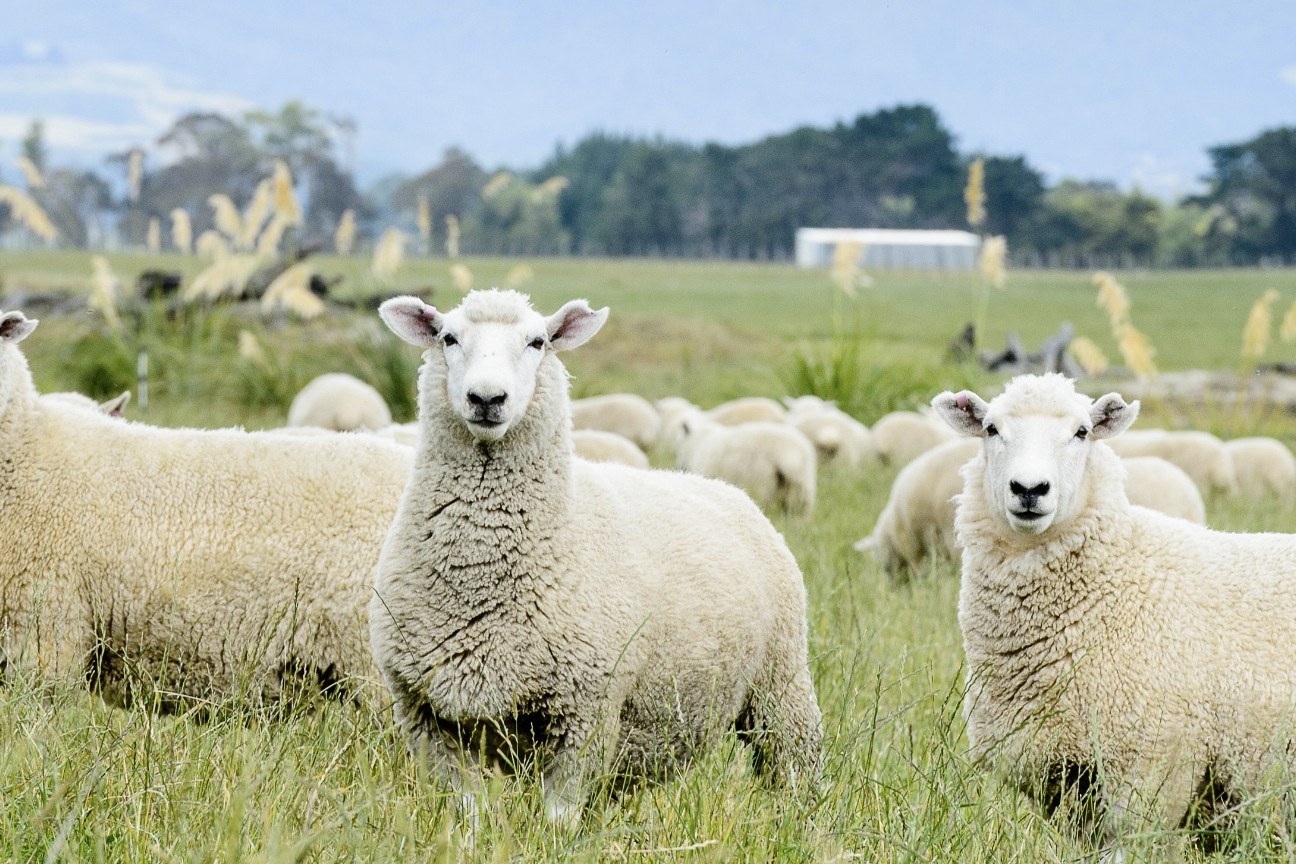Pasture management 101
Understanding how pasture plants grow will give farmers the ability to manage pastures to optimise productivity, persistence and profitability.
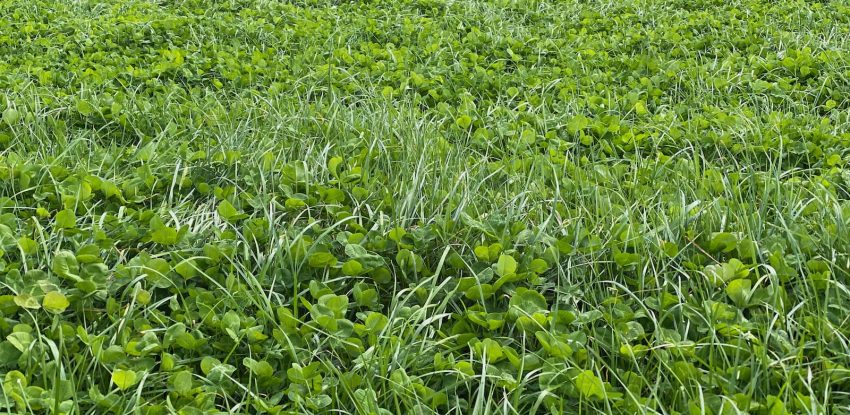
The most common pasture plants grown in New Zealand are ryegrass and white clover and both require fertile soils that are particularly rich in phosphorus.
Speaking on the Beef + Lamb New Zealand online learning module Principles of Feeding and Growing Pasture, Lincoln University’s Professor Derrick Moot says white clover is rich in protein and is summer active. The optimal growing temperature for white clover is higher than it is for ryegrass, which means white clover boosts feed quality in the warmer months, while ryegrass provides high-quality feed in spring.
He says the key to white clover growth is to maintain consistently appropriate pasture residuals in spring to encourage stolon branching.
“Ensure grass doesn’t get out of hand and shades the white clover. This is particularly important in mid to late spring as clover has little winter growth and is slower to start growing in spring.”
Areas with low phosphorus levels are more likely to see an invasion of weed species in ryegrass and clover pastures, the main one being Browntop.
Although it’s not the pasture plant farmers want, Browntop is the most widespread perennial grass in New Zealand and is most common in hill country. It grows well in low fertility soils and is competitive for phosphorus.
Well adapted to New Zealand’s environment, Browntop has a short active growing period in early spring before it goes to seed, which reduces its nutritive value.
Deferred grazing
Deferred grazing is a low-cost management tool that enables farmers to maintain pasture quality and shift a feed wedge from spring through until late summer.
Paddocks that have been identified as being suitable for deferred grazing are left ungrazed from mid-spring until late summer. This gives perennial ryegrass the opportunity to re-seed and allows the tiller buds that form on existing pasture plants to develop into new tillers in autumn.
At the end of the deferred period (late summer), the pastures are grazed to low residuals so that the ryegrass seedlings and new tillers are given access to light. The deferred pastures are then treated as new pastures and only grazed lightly for short periods prior to winter.
The benefits of an ongoing deferred pasture regime – which takes out 10–15% of the farm every year – include the maintenance of pasture quality over the whole farm and the provision of a feed wedge at the end of summer. This reduces the cost and time involved with making and feeding supplementary feed.
Deferred grazing is also associated with increased clover populations and increased pasture persistence as it allows desirable species to re-seed and produce new plants the following autumn. It also gives existing plants the opportunity to produce more tillers which leads to an increase in tiller density.
Grazing management by season
Winter
Pastures are vegetative over winter and while the drymatter is of high quality, leaves take a long time to appear. At this time of the year, pastures should be managed with a focus on ryegrass production and grazed every 30–90 days, depending on the climate.
Spring
Ryegrass grows quickly in spring, so the challenge is to maintain pasture covers at 1,200kg DM/ha to encourage white clover to grow.
If pastures are too long, the white clover will be shaded, suppressing its growth.
The optimal time to graze ryegrass pastures is at the three-leaf stage. If the pastures are grazed before this, there will be less feed available and pasture regrowth will be reduced. If pastures are grazed too late, pasture quality can be compromised.
Summer
Ryegrass will produce seed heads in late spring and these need to be controlled to maintain pasture quality in summer.
If pastures are well managed in spring, white clover will come into its own in summer and produce high-quality feed for driving growth rates in livestock.
Autumn
Ryegrass pastures will need to be grazed hard in autumn and ewes are often used to do this job over mating. This hard grazing allows pastures to return to their vegetative state, so they are set up for winter feed.
How To Defer Grazing
- Select 10–15% of the farm area, particularly targeting paddocks that contain highly fertile pasture species and are not over-run with weeds.
- Monitor pasture covers to identify when a surplus is emerging.
- Take deferred paddocks out of the grazing rotation in mid-spring when pastures are starting to send up seed heads.
- Break-feed the deferred pastures in late summer, after pasture seeds have dropped. Use either cattle or ewes with the understanding that feed utilisation will only be around 50%.
- Treat the deferred paddocks like new pastures, so only lightly graze for short periods over winter.

